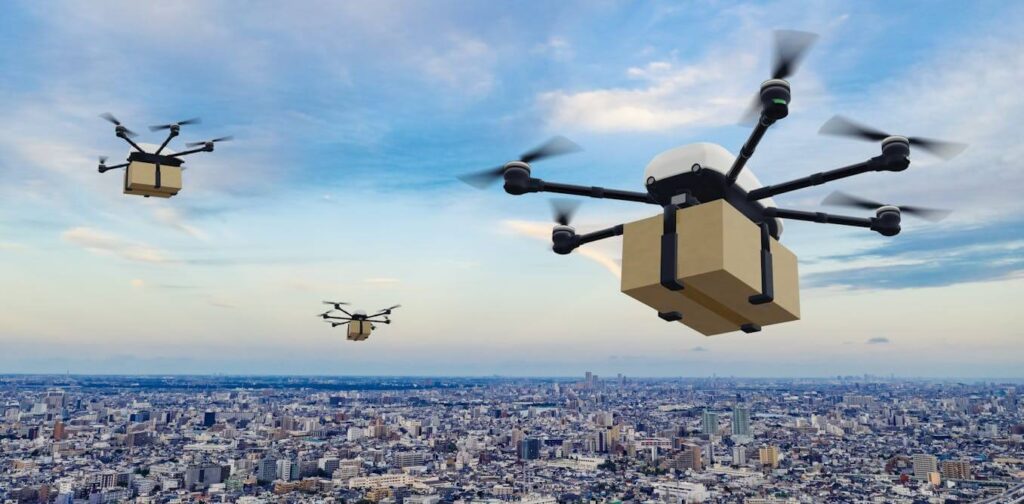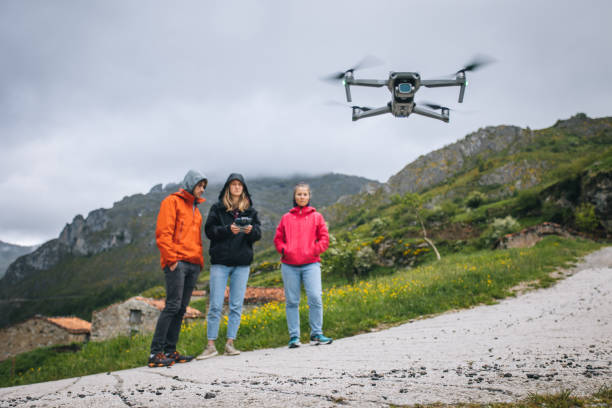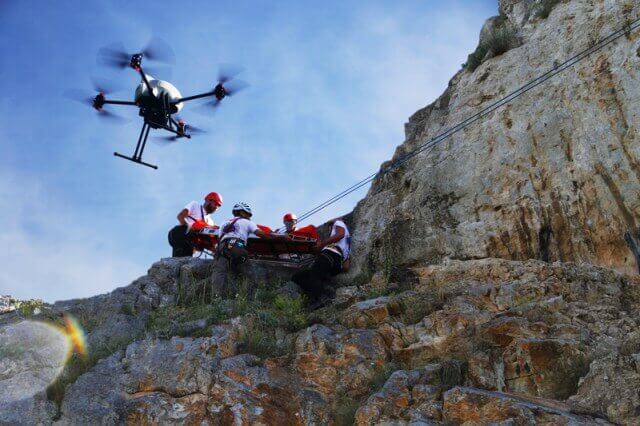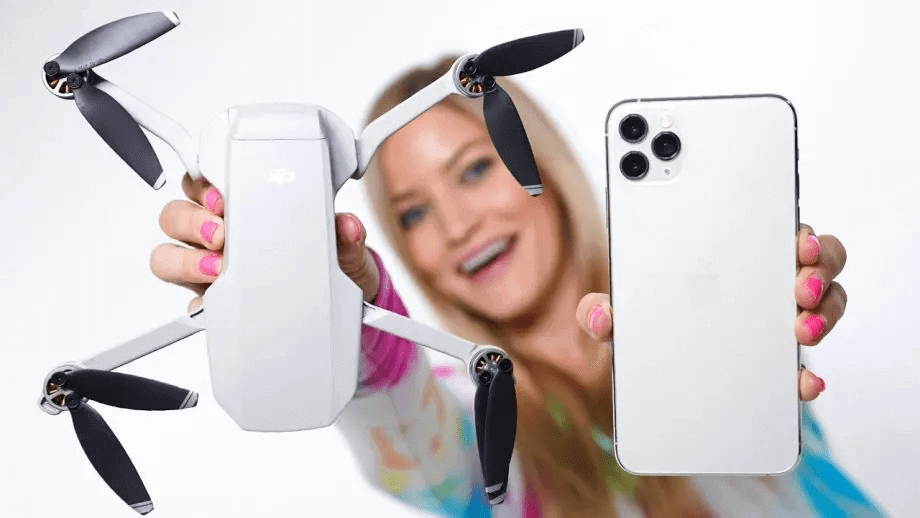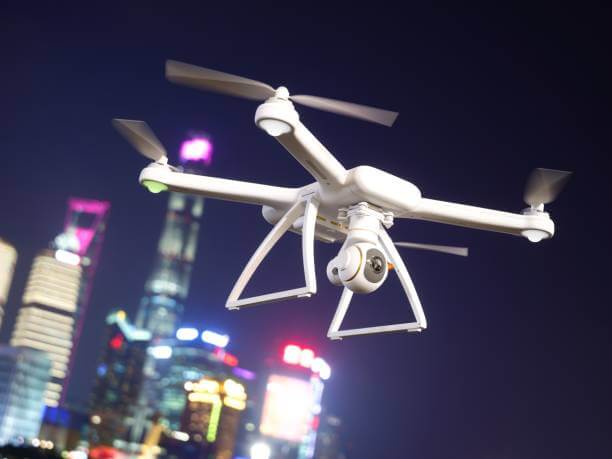In recent years, the idea of drone delivery has gone from a far-fetched concept to an emerging reality. Tech giants like Amazon and Google have invested millions in developing the necessary technologies to make drone delivery feasible. However, the burning question remains: will drone delivery ever be economical? While the technology holds immense promise for revolutionizing logistics and delivery services, significant hurdles remain, especially when it comes to cost. In this article, we will explore the factors that will determine whether drone delivery can ever become a cost-effective solution for businesses and consumers alike.
The Rise of Drone Delivery Services
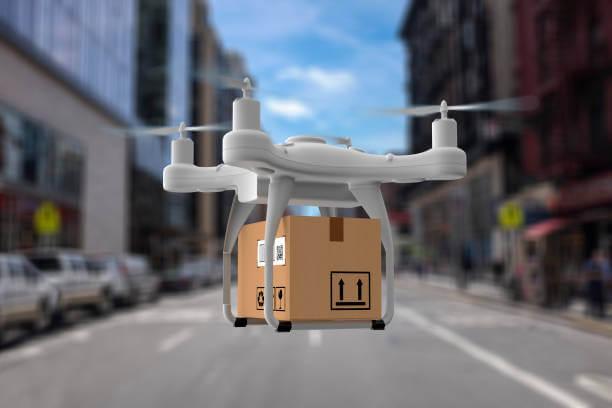
Drone technology has rapidly advanced over the past decade, especially in its applications for delivery services. Initially, the idea of using drones to deliver packages was met with excitement. Amazon announced its Prime Air service in 2013, promising deliveries in 30 minutes or less. Google’s Project Wing followed closely behind. Both companies painted a futuristic picture of skies filled with drones zipping around, delivering everything from groceries to medicine.
But despite the optimism, widespread adoption has been slow. Regulatory challenges, safety concerns, and the economics of scaling these operations have tempered expectations.
Challenges Faced by Drone Delivery
Several barriers prevent drone delivery from becoming mainstream. One of the biggest obstacles is regulation. Many countries have strict rules governing drone flights, particularly over populated areas. These regulations ensure safety, but they also complicate the logistics of implementing a large-scale drone delivery system.
Technical limitations also pose challenges. Current drones can only carry small payloads and have limited flight ranges. This restricts their usefulness in delivering heavier or bulkier items.
Lastly, safety concerns linger. There are risks associated with drone malfunctions, potential collisions, and interference with other aircraft, which could lead to costly accidents.
Economics of Traditional Delivery Methods
To understand whether drone delivery could ever be economical, we must first look at traditional delivery methods. The logistics of moving goods from one place to another typically involve trucks, couriers, and fuel, all of which come with significant costs. Labor expenses, fuel prices, and vehicle maintenance can make delivery a costly affair for businesses.
Comparatively, drones have the potential to lower costs, particularly in terms of labor. Automated drones could reduce the need for human drivers and allow for faster, more efficient deliveries in some cases. However, whether the savings from labor reduction can offset the high costs of drone hardware and maintenance remains a key question.
Cost Drivers in Drone Delivery
The cost of drone delivery is largely driven by several key factors. First, the drones themselves are expensive to produce and maintain. Advanced hardware, coupled with sophisticated software for navigation, adds to the overall cost. Additionally, drones rely on batteries, which have a limited lifespan, meaning frequent replacements are necessary.
Beyond the hardware, there’s also the cost of setting up the necessary infrastructure to support drone operations. Charging stations, repair facilities, and dedicated drone ports all add to the initial investment required.
Regulatory Compliance and Costs
Regulatory hurdles also contribute to the cost of drone delivery. In many countries, drone operators must comply with strict safety regulations, including securing permits and ensuring drones meet specific safety standards. This adds to the operational costs and creates additional layers of complexity for businesses looking to implement drone delivery services.
Moreover, insurance and liability concerns are another aspect that companies must navigate. Drones can cause damage or injury in the event of a malfunction, meaning insurance costs could be higher than for traditional delivery methods.

Safety and Security Concerns
Safety and security are not just regulatory concerns but practical ones as well. With drones flying over urban areas, there’s a risk of accidents, equipment failures, or even theft. Additionally, privacy concerns are another factor, as consumers may feel uneasy about drones flying over their homes.
Infrastructure Needs
For drone delivery to be feasible, a robust infrastructure needs to be in place. This includes drone charging stations, repair facilities, and landing sites. Urban areas present unique challenges in this regard due to the crowded nature of cities. On the other hand, rural areas may lack the network connectivity required for effective drone navigation.
Consumer Demand for Drone Delivery
Consumer interest in drone delivery is mixed. While some consumers are excited about the idea of receiving packages faster, others have concerns about privacy, noise pollution, and safety. In many cases, drone delivery may be more appealing in rural or remote areas where traditional delivery options are limited.
Environmental Impact of Drone Delivery
One of the potential benefits of drone delivery is its environmental impact. Drones, particularly electric ones, could reduce the carbon footprint associated with traditional delivery trucks, which rely heavily on fossil fuels. However, it’s important to consider the energy required to charge drones and maintain their systems.
Innovations Making Drone Delivery More Feasible
Advancements in technology are continuously improving the feasibility of drone delivery. AI and machine learning are making navigation systems more efficient, while innovations in battery technology are extending flight times. Lighter materials and more aerodynamic designs are also reducing the cost of production and operation.
Case Studies: Success Stories in Drone Delivery
Several companies have conducted successful drone delivery trials. For example, Zipline has been using drones to deliver medical supplies in Rwanda and Ghana, proving that the technology can be lifesaving in remote areas. Amazon and Google have also conducted trials in the U.S. and Australia, showing promising results.
The Role of Public and Private Partnerships
Governments and private companies are increasingly working together to create frameworks for drone delivery. These collaborations could help reduce regulatory hurdles and speed up the development of infrastructure.
Future of Drone Delivery
The future of drone delivery looks promising, but widespread adoption will likely take several more years. As technology improves and regulatory frameworks adapt, drones could become a common sight in our skies. The long-term economic benefits, especially in terms of reduced labor costs and faster delivery times, could make drone delivery a game-changer in the logistics industry.
FAQs: Will Drone Delivery Ever Be Economical?
What is drone delivery, and how does it work?
Drone delivery uses unmanned aerial vehicles to transport packages. Drones are controlled remotely or autonomously and follow pre-programmed flight paths to reach their destination.
What are the biggest barriers to making drone delivery economical?
High costs associated with technology, regulatory compliance, and infrastructure are the main barriers to making drone delivery economically viable.
How do companies plan to reduce the costs of drone delivery?
Companies are investing in technological innovations such as better battery life, improved AI for navigation, and more efficient production methods to lower costs.
Are there any safety concerns with drone delivery?
Yes, safety concerns include risks of collisions, equipment malfunctions, and potential for accidents in populated areas.
What industries will benefit most from drone delivery?
Industries like healthcare, e-commerce, and logistics could benefit significantly from faster, more efficient deliveries using drones.
How fast can drone delivery be compared to traditional delivery?
Drone delivery has the potential to be significantly faster, especially for short distances. In some cases, it can deliver packages within 30 minutes, compared to several hours or days using traditional methods.
What are the payload limitations of drone delivery?
Most delivery drones currently have a limited payload capacity, often between 2 to 5 kg (4.4 to 11 lbs). This restricts their use to small, lightweight items such as food, medical supplies, or consumer electronics.
Is drone delivery available worldwide?
No, drone delivery is not yet widely available. It is being tested in certain countries like the U.S., Australia, and some parts of Africa, but regulatory and infrastructure challenges limit its global implementation.
Will drone delivery lead to job losses in traditional logistics?
While automation might reduce the need for human drivers, new jobs could emerge in drone maintenance, programming, and infrastructure management. The impact on jobs depends on how quickly the industry adopts drone delivery.
What areas are best suited for drone delivery?
Rural and remote areas are often seen as the most suitable for drone delivery because of the lack of traditional infrastructure and the challenges of long-distance delivery. Urban areas, however, face more regulatory and logistical challenges, such as air traffic and densely populated spaces.
Conclusion: Will Drone Delivery Ever Be Economical
In conclusion, while drone delivery offers exciting possibilities, its economic feasibility is still in question. The high costs of technology, infrastructure, and regulatory compliance pose significant challenges. However, as innovations continue and public-private partnerships strengthen, the economics of drone delivery may eventually become favorable.
You might also like…
5 Best Smartwatches For Hunting And Fishing
8 Best Drones for Night Videos
How to Switch AirPods Between Devices
10 Best IP Cameras for Your Security System

